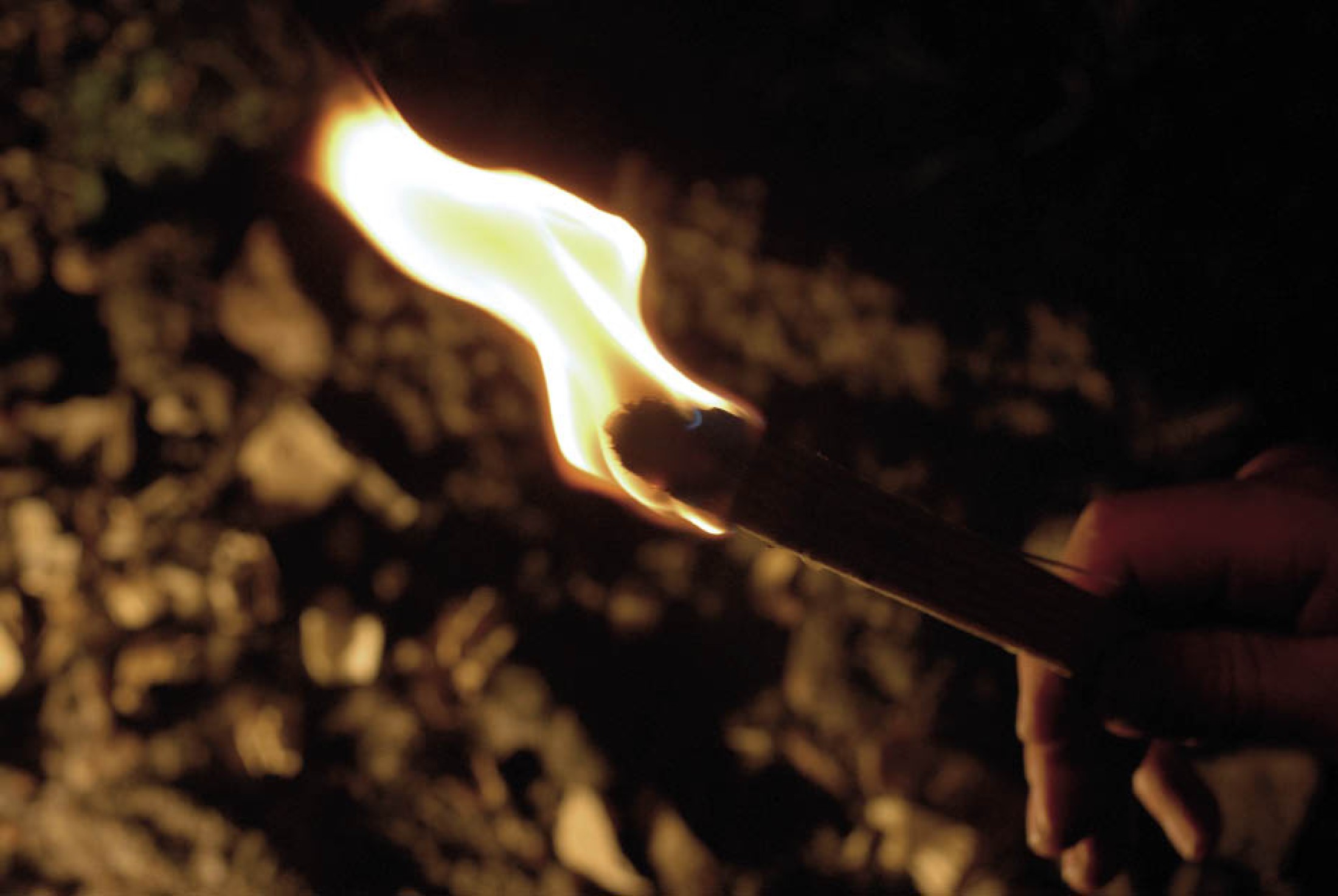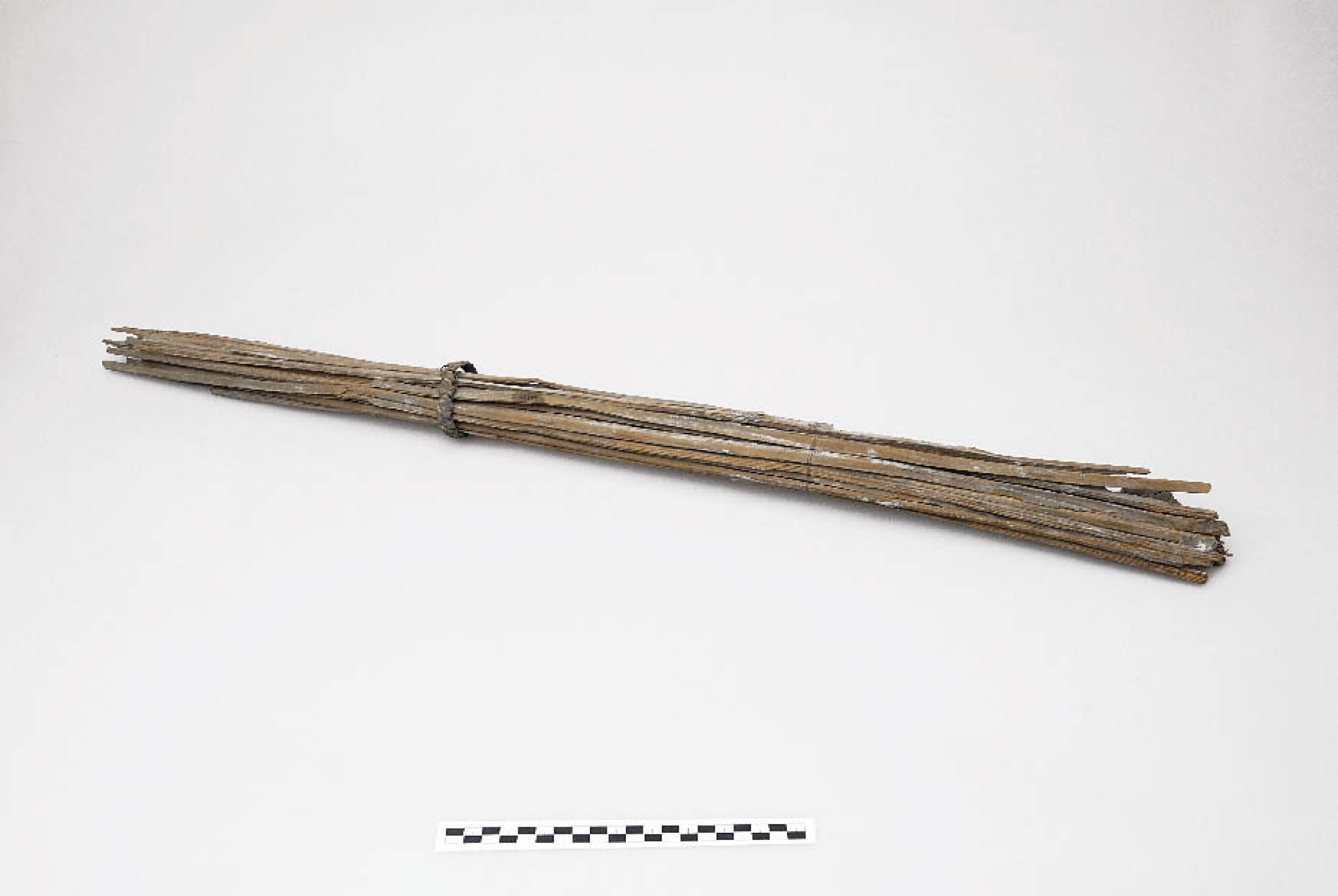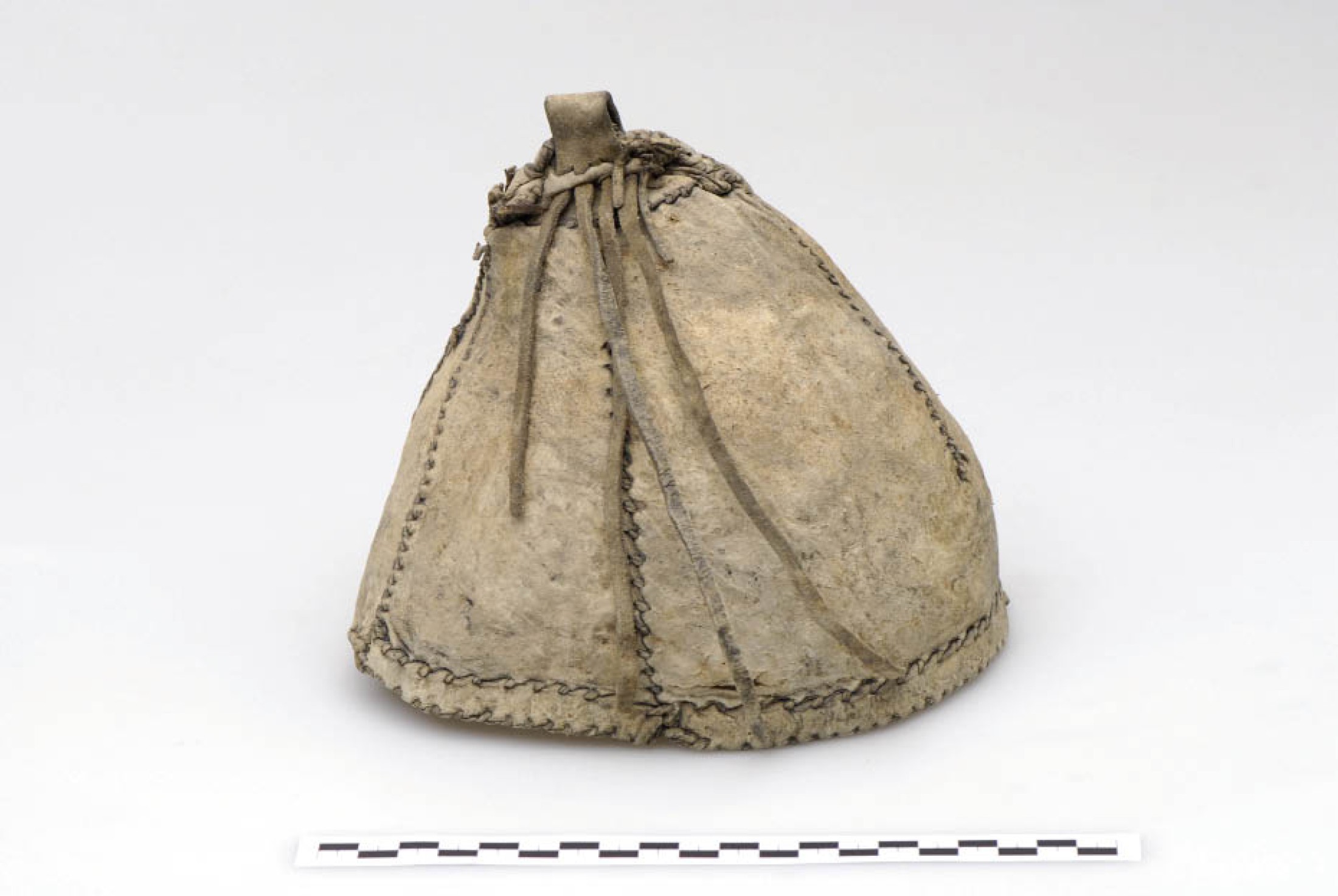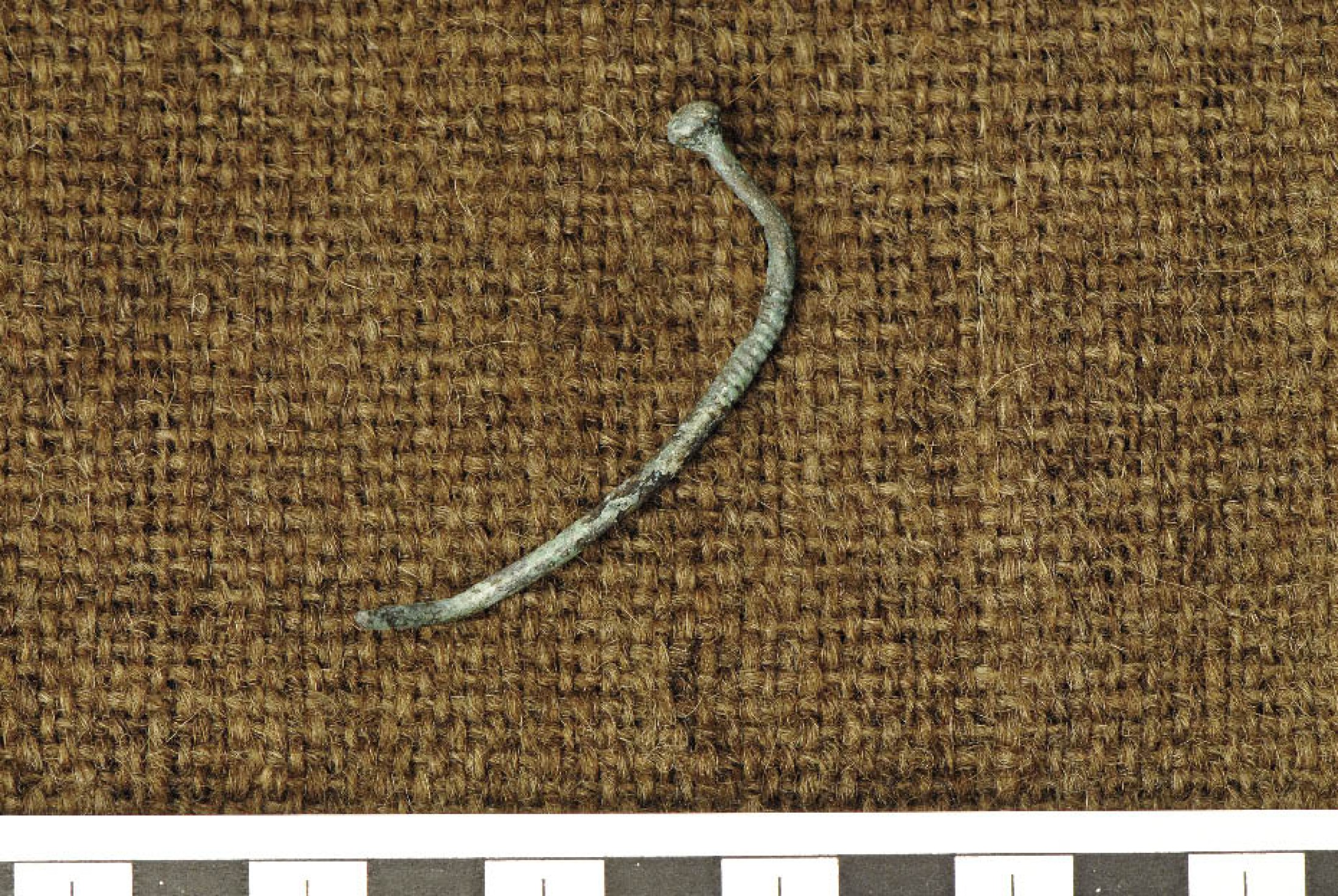Working life in the Bronze Age
The abundant finds from the salt mine reveal much about the sequence of work, and the complex structure and rigid organisation of the mine. To date, researchers have not been able to establish how long each miner’s shift was. Possibly they used to spend a considerable time in the mine, especially in winter. The mine, with ist constant temperature and stable climate, might well have been an attractive alternative to the High Valley in winter.Lighting
Work clothing
Eating and drinking underground
Lighting
Adequate lighting is an essential for underground mining. It was provided by bundles of thin tapers or splints, mainly fir and spruce, each about one metre long before use. Millions of burnt splints or tapers have been found in the spoil of the Bronze Age mine. While they were transported in bundles of about 40, held together by a binding of lime-tree bast to form what appears to be torch, they were actually burnt one by one, a new taper being lit as the last burnt down. The amount of smoke formed by the many, continuously burning lit tapers must have been considerable. No mountings for these tapers have yet been discovered and the impressions of teeth on some of them suggest that they might sometimes have been held in the mouth. This was probably the exception rather than the rule: those with such dental impressions are rarely found. It is more likely that the lit taper was held by one person, perhaps a child, while one or several other people were working. When the taper had almost burnt up, a new one was lit and the first was discarded on the floor, although away from the salt-face so as not to contaminate the extraction process.Work clothing
The scraps of flax, hemp and especially woollen fabric, as well as the pieces of leather and animal-hide clothes discovered in the Bronze Age mines are too small to provide information on types of clothing and how they were worn, but they do furnish essential information on Bronze Age textile handicraft. We have evidence of advanced sewing techniques and weaving patterns. In addition, one piece of clothing has been completely preserved: a cone-shaped hide cap, adorned with leather strips hanging down from the tip. The inner side had the retained fur. We know that jewellery was an essential component of dress for men and women, but so far we have only two such finds from the mine, both bronze pins intended to hold clothes together.Eating and drinking underground
Turning to the issue of food, we can see from finds of food-scraps that the miners had meals down in the mine. However, such scraps from the Bronze Age are less common than those from the Iron Age. Did the miners use dishes and cutlery? - excavations have repeatedly yielded bits of animal bladder that might have served to contain liquid but there is no further evidence of dishes or cutlery.(Reschreiter, H. – Kowarik, K.)






